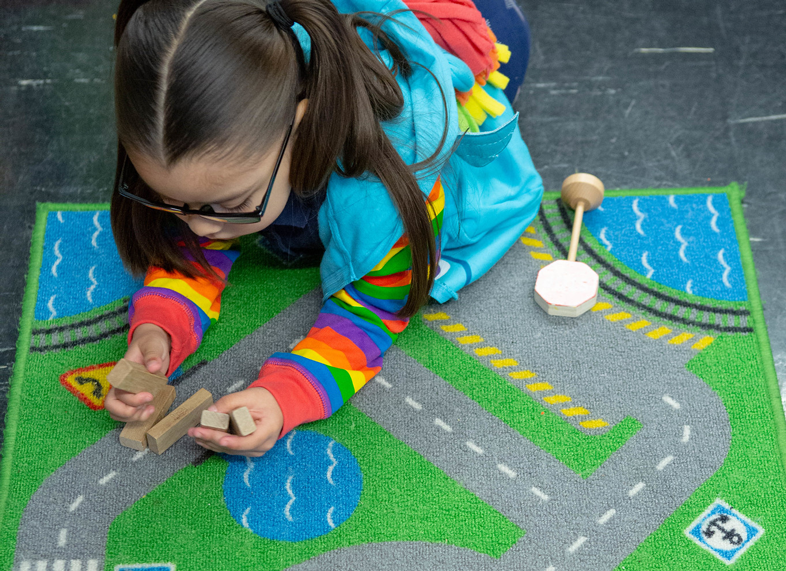
How Are States Using COVID-Relief Funding to Close the Child Care Chasm?
The Biden administration proposed a child care and universal pre-Kindergarten solution that never passed. See what states are doing.
Photo Credit: Allison Shelley for EDUimages

The Biden administration proposed a child care and universal pre-Kindergarten solution that never passed. See what states are doing.
Photo Credit: Allison Shelley for EDUimages
Early childhood educators and advocates lament a missed – and much needed – opportunity.
The Biden administration’s Build Back Better plan originally proposed a historic $380 billion in funding for child care and universal pre-Kindergarten. In the latest iteration of the bill, the Inflation Reduction Act, these plans were scrapped last August.
With high costs and low salaries, the child care profession is struggling to recover from the pandemic. Employment is still down 8.4% overall, with 965,900 child care workers employed nationwide in August 2022 compared to the 1,054,200 employed in February 2020, according to UC Berkeley’s Center for the Study of Child Care Employment (CSCCE).
The Education Writers Association’s webinar highlights how states are rising to the child care challenge. Experts helped reporters identify missing gaps in the coverage and provided fresh story ideas.
Speakers also explored several questions: How are COVID-relief funds being tapped to support the workforce and strengthen the talent pipeline? What are signs of success?
Your post will be on the website shortly.
We will get back to you shortly